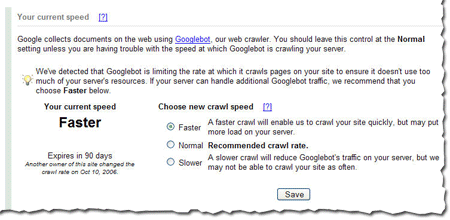

Assured, that: Google drive prevent download or sharing of files
| Windows storage server 2008 r2 standard iso download | Download usb drivers for win7 32 bit |
| Probability theory and mathematical statistics by bain pdf download | Dan bull album download |
| Download scribd to pc | His majestys dragon pdf free download |
| How to download old geforce drivers | Download of the free windows version of funnel x |
Why Google Drive sharing needs more than a facelift
If you’re a frequent user of Google Drive, you’ve probably noticed a recent change in the file-sharing user interface. After announcing it last month, Google has been gradually rolling out the feature for all users of G-Suite and personal Google Accounts. The new sharing interface will apply to Google Docs, Sheets, Slides, and all files you store in Google Drive.
The new look is more polished and less confusing. But more importantly, it improves privacy by reducing the chances of mistakenly sharing your Google Docs and other files with the wrong users.
As we will see in this post, however, Google Drive needs more than a revamped UI to improve the privacy of the files we share with other users.
The new Google Drive sharing interface
First, a look at the new sharing interface. Off the bat, it provides a clearer view of who has access to your files. The users and groups are listed with their icons and level of access (Viewer, Commenter, Editor), and you can make adjustments to their permissions without going to another page. The new interface looks a lot more like the tried-and-tested file-sharing interface of Microsoft Windows.
The previous interface only provided a comma-delimited list of names, and you couldn’t see and adjust their permissions unless you clicked on the inconspicuous “Advanced” button in the lower-right corner of the sharing dialog.
The link-sharing interface hasn’t changed much, though it now explicitly warns you that setting it to “Anyone” means “anyone on the internet” can access the file. I’ve previously discussed the security and privacy threats of turning on link-sharing in Google Drive and Google Docs. Therefore, I would consider this slight change a privacy improvement.
But despite the improvements to the UI, Google Drive is still lacking two fundamental privacy features. Here’s what I think needs to change.
Principle of least privilege
A security best practice recommended for all applications and services is the “principle of least privilege.” Basically, PLOP means that, by default, an application should give minimal access to any user or component, and only increase those privileges when explicitly instructed by an administrator.
This means that if you’re sharing a document with another user, the default access option should be “Viewer.” But contrary to PLOP, Google Drive and the related applications (Google Docs, Sheets, etc.) have a most-privilege policy.
When you share a document in Google Drive, the default option is “Editor,” the highest access.
This means that if you’re not careful, you will give a new user full rights to modify the document’s contents.
Staying on the principle of least privilege, there’s one more area that needs to change in Google Drive. By default, editors are given permission to change permissions and add other users to a shared document. This practically elevates them to near-administrator level. What makes things worse is that in the new interface, the option to limit the permissions of editors is hidden in the settings page, which is accessible through a fairly inconspicuous gear button at the top right of the sharing window.
As someone who regularly uses Google Docs for collaboration, I can attest that I seldom intend to allow other editors to do anything other than editing the document
The settings page contains a second setting that, if disabled, will prevent viewers and commenters from downloading shared files or copying content from Google Docs and Google Sheet files. This option too, is enabled by default, a violation of PLOP.
Centralized management of shared files
This is another area where Google can learn a lesson from Microsoft. Most versions of Windows have a management hub where you can view every shared folder regardless of where it is located in your hard drive. Windows also enables you to manage sessions and shared files that are opened by other users on the network.
This is an important feature for the privacy of your documents, because it will help you discover if you’ve accidentally left a document shared with unintended parties, and if someone is secretly accessing a shared document you’ve forgotten about.
Unfortunately, in Google Drive, there’s no central location to manage shared folders and documents. In a previous post, I suggested a workaround that would enable you to use the Drive’s search feature to find all shared documents.
Basically, what you must do is either put all your shared folders in one top folder, or use a uniform naming convention for all shared files and folder (e.g., use a “shared” prefix). You can then use the term in the advanced search dialog to find all your shared folders.
While, after a fashion, this trick solves the problem, it is largely dependent on the user explicitly using the naming convention on all the files and folders. Therefore, it would be best if Google provided a centralized shared items location. Interestingly, Google Drive already has a feature that allows you to see everything you&#;ve shared with others. It would be nice if it would add a feature that would allow you to see everything you&#;ve shared with others.
All this said, Google Drive is an excellent cloud storage and collaboration tool, and the new interface just made it better. But there’s still room for improvement.

-